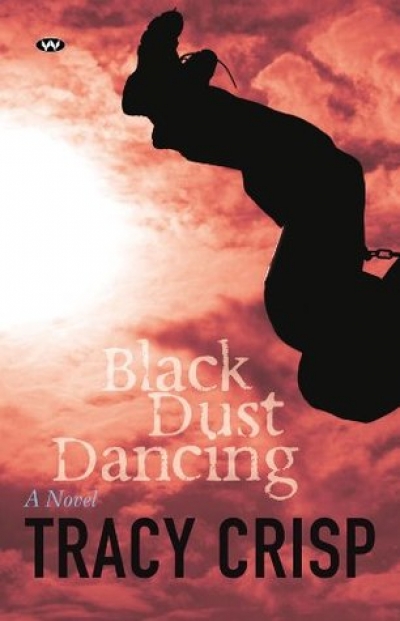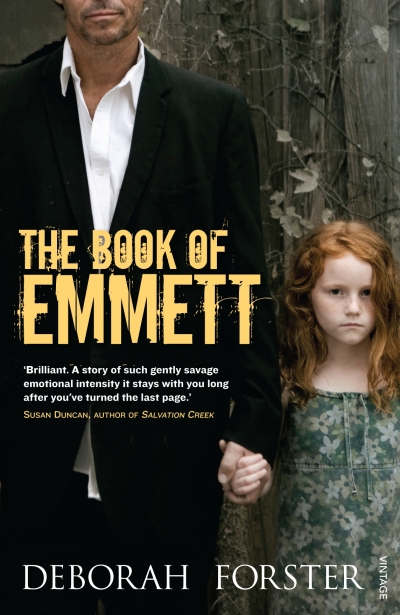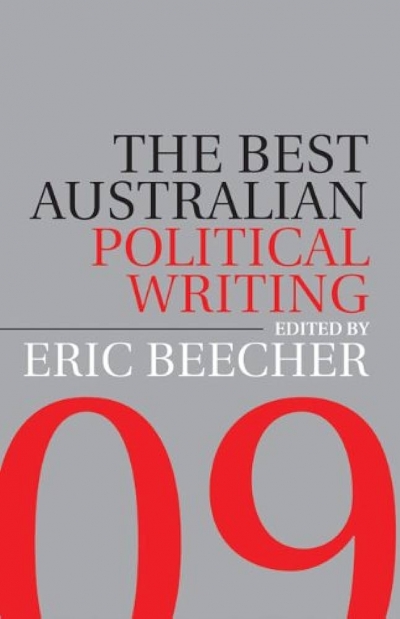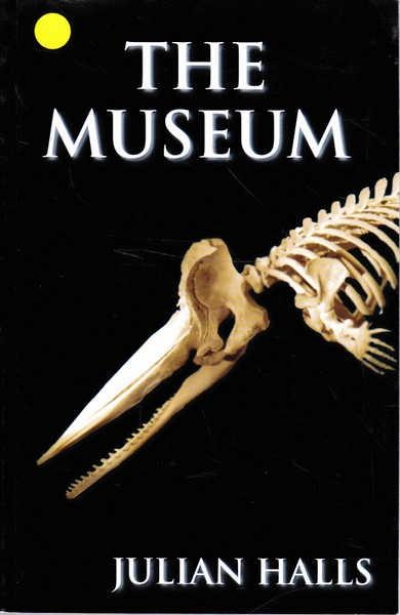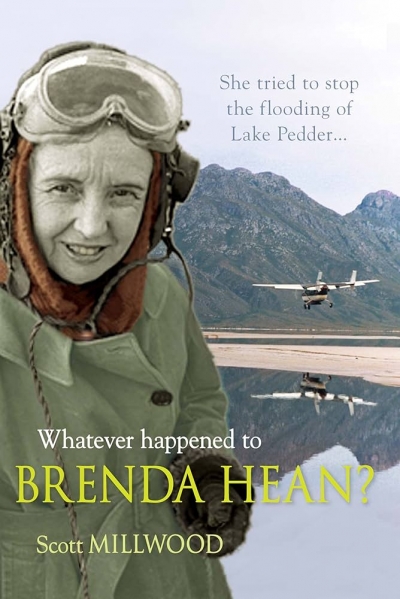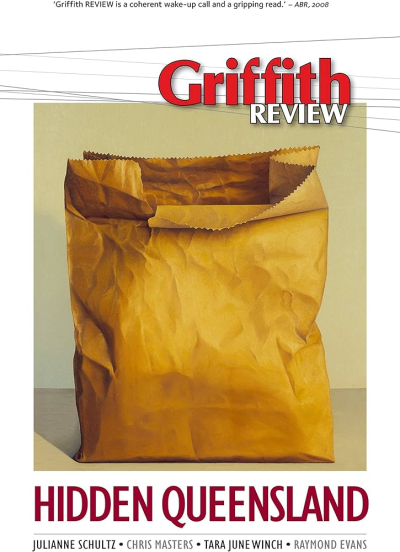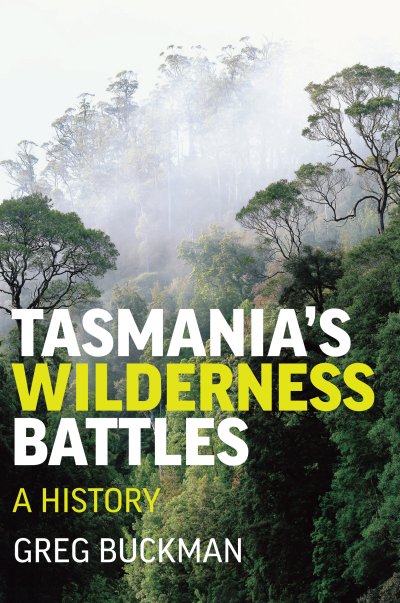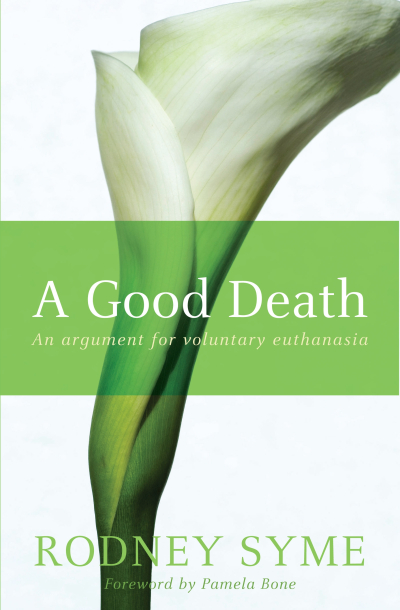The front cover of Black Dust Dancing depicts the silhouette of a child playing on swings against the backdrop of a blood-red sky. This image suggests the suspense and dread that is missing from the novel, which is, for the most part, slow and uneventful.
Dancing, set in a rural South Australian town, opens with young mother Heidi becoming puzzled by her son Zac’s sudden ill health. This malady is eventually attributed to the ‘traces of historic lead’ found in the black dust that blows through the town. Zac’s diagnosis is made by Caro, a local doctor who is having difficulties (albeit of an emotional kind) with her own daughter, and whose own health is threatened by her penchant for cigarettes and alcohol.
...
(read more)

